"Always search for truth. My truth is in the stars "
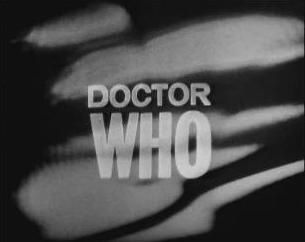 SERIES 1
THE DALEKS
SERIES 1
THE DALEKS
Written by Terry Nation
Directed by Christopher Barry (episodes 1,2,4 & 5) & Richard Martin (3,6 & 7)
TX - 21st December 1963 - 1st February 1964
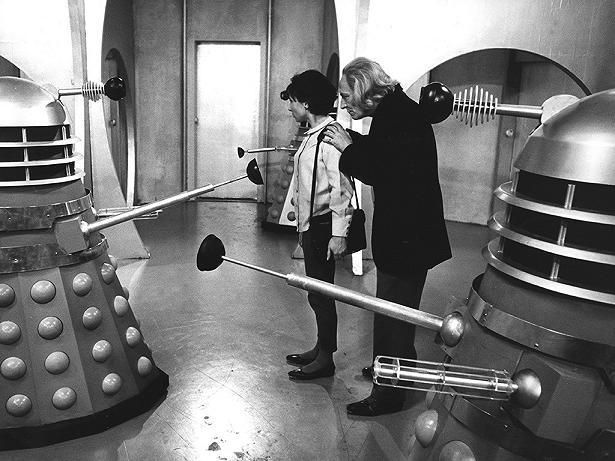
The TARDIS lands in the middle of a petrified jungle where everything turns to dust with no signs of life anywhere. The travellers miss the warning given by the TARDIS and are unaware that the place is covered in high levels of radiation and go out to explore. When they reach the end of the jungle they find a huge sprawling futuristic city, again with no signs of life.
The Doctor wants to go and look at it but the rest of the travellers want to leave, especially after Susan is startled in the jungle and then they hear something trying to get into the TARDIS from outside. During take-off The Doctor sabotages the ship and tells the rest of the crew that they need more Mercury to fix the ship's fluid link before they can leave and there is only one possible place to get it from, the city. Meanwhile the crew are getting more and more sick from the effects of the high levels of radioactivity on the planet.
Regular Cast
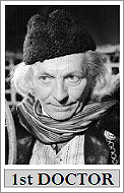

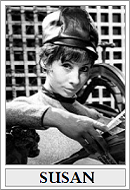

Notable Guest Cast
Alan Wheatley as Temmosus - Made his name as The Sheriff of Nottingham in ITC's big budget 'Adventures of Robin Hood' in 1954. Also played Sherlock Homes in the BBC's adaptation of him in 1951. But from now on he will always be known as the first man ever to be exterminated by a Dalek.
Philip Bond as Ganatus - Another actor who would go on to have a starring role in The Onedin Line, this time as the wealthy Albert Frazer. Accomplished jobbing actor who has appearances in most British TV dramas up until the present day. Known now as being the father of Samantha Bond who appeared in the James Bond franchise as Miss Moneypenny alongside Pierce Brosnan's portrayal of 007.
Virginia Wetherell as Dyoni - Would appear in many Hammer Horror movies in the 60s & 70s. Married to fellow Hammer actor Ralph Bates, her most high profile role was in 'A Clockwork Orange' where she plays the naked stage dancer towards the end of the movie.
John Lee as Alydon - Australian actor who spent most of the 60s in the UK. Went back to his native Australia where he would appear in Prisoner Cell Block H and then onto Neighbours playing Len, the husband of Mrs Mangle.
Peter Hawkins & David Graham - Dalek Voices- Name any British kids TV show from the mid 50s to the present day and you can bet that either one of these men were involved in doing a voice over for a character on it.
Hawkins was responsible for The Flower Pot Men, Noddy, Captain Pugwash, Tin Tin and voiced Zippy in Rainbow's first series. He also voiced the first ever Cybermen in The Tenth Planet. Ironically he died in 2006 the very same day that a Cyberman story was being shown on BBC TV , The Season 2 finale Doomsday.
Graham was responsible for doing lots of voice overs for many of Gerry Andersons shows such as Stingray, Fireball XL5 and most notably Thunderbirds where he voiced most of the main cast. In 2015 at the age of 90 he voiced 'Brains' in the CGI remake of Thunderbirds.
Trivia & Continuity
This story was never intended to be called The Daleks. It was originally named The Mutants. But then in 1972 another story also called The Mutants was aired (also directed by Christopher Barry ironically.)
In 1973 for the shows 10th anniversary the BBC put out a special magazine with an episode guide giving names to all the full stories for the first time as opposed to the individual episode titles that were shown on screen. In that publication this story was named 'The Dead Planet'.
It was during the 1980s when more and more factual material about Doctor Who was being printed this story became known as The Daleks, mostly out of convenience.
The individual episode titles for this story were as follows
Episode 1: The Dead Planet
Episode 2: The Survivors
Episode 3: The Escape
Episode 4: The Ambush
Episode 5: The Expedition
Episode 6: The Ordeal
Episode 7: The Rescue
All 7 episodes exist in the BBC archives
On the planet Skaro there were two races, The Dals and The Thals. The Dals were a highly intelligent race of teachers, philosophers and scientists while the Thals were a warrior race. A vicious war between the two of them saw each other wiped out by an atomic blast almost 500 years before the Doctor's arrival. The Thals were able to survive by developing anti radiation drugs and becoming farmers by finding small plots of land unaffected by radiation and relying on special rare weather patterns that are becoming increasingly more rare meaning that if things don't improve they may die of starvation.
The Dals retreated to the underground of their city and encased themselves inside machines to protect them from the radiation, they also learned to develop and grow their own food under the city using artificial growing methods. They are increasingly becoming dependant on the radiation on the planet to survive.
Neither race seems aware that the others still exists until The Doctor shows up.
The Daleks we see here are not the full on ranting, trigger happy, exterminating ones we see of later years. They are confined to their city having to have contact with metal floors to be powered, they don't even appear to have had space travel, let alone time travel like they would a few stories later. Rather than kill Ian when he tries to escape they only paralyse his legs. When Susan comes back to the city with the anti-radiation drugs from the Thals she brings two boxes because she knows The Daleks will take one. When they do they still allow her to keep the other box to save the TARDIS crew. Having said that they do lure the Thals to the city with the promise of food with the sole intention of bumping the whole lot of them off, which they would have done had Ian not warned them of it being a trap.
The Daleks use the Thal's drugs on some of themselves and it causes them to get sick. They then realise they need the radiation to survive and plan to detonate another atomic bomb into the atmosphere.
Inside the TARDIS we get our first looks at the TARDIS Fault Locator and the TARDIS food machine.
The Doctor starts his running joke of getting Ian Chesterton's name wrong. In this story he refers to him as Chesserman and Chesterfield.
Episode One had to be totally re-shot when it was discovered talkback from the production gallery had interfered with the microphones and was audible throughout the episode recording. Shortly before the recording of episode 2 news was given to the cast and crew about the death of JFK, there was some suggestion the recording would be cancelled but it went ahead anyway.
The viewing figures jumped from 6.5 million for episode 2 to 9 million for episode 3. The last two episodes were watched by 10.5 million.
Sydney Newman hated the story and was furious when he read the scripts.
When the viewing figures came in he realised his mistake and decided that he had hired the right producer in Verity Lambert and from then on left her alone to do the job. He wouldn't get involved in Doctor Who again until 3 years later.
The designer that was allocated to The Daleks on the BBC staff rota was a young designer by the name of Ridley Scott. However a last minute screw up meant he was replaced by Raymond Cusick, and it was he who created the Daleks iconic design. Apart from directing a few small movies nobody has heard of such as Blade Runner, Alien & Gladiator nobody knows what happened to Ridley Scott.
Cusick's original Dalek design was more cylindrical in shape, which he changed when he realised the actors would have to stand up inside them all day. He then expanded the bottom to make the base wider so the actors could sit on a small tricycle and control it using that. In the end he decided to have just a seat and have the base move along on castors. You can see his early designs here.
The reason for the sink plunger was because they ran out of time and money, the idea was to have some kind of multi-purpose tool instead.
One dalek in this story has a welding tool instead of a sucker, each sucker contained a strong magnet so they could pick up props.
Because script writers working on BBC shows were hired freelance writers this meant they owned the rights to anything in the show they created. As Terry Nation created The Daleks it was he who cashed on the Dalekmania of the 60s and became a millionaire off of it. As a BBC staff designer Raymond Cusick felt that he deserved a cut of this money having created the design. On leaving the BBC in 1966 he was given £100 and a gold Blue Peter badge for his efforts.
Creating the Daleks was too big a job for BBC visual effects so their head Jack Kine suggested to Verity Lambert they use an outsider contractor named Shawcroft Models, who made 4 full size Dalek models for the price of £350, they also made the huge Dalek city model.
Shawcroft would be used to supply the shows special effects throughout the early years of the show.
The cliffhanger at the end of episode 3 when the Dalek claw creeps out of the cloak that it's bundled up inside was created by taking a hand off a gorilla costume and covering it in Vaseline.
In 1977 Northern Soul DJ and film collector Ian Levine approached the BBC about the possibility of selling him some episodes of Doctor Who they no longer had any use for. They told him that he could and sent him to their tape archive at Villiers House. On arrival he found all 7 episodes of this story sitting outside wrapped up in tape ready to be junked. He rescued them and then made calls within the BBC to stop them from junking any more episodes. Levine once said had he arrived one day later this story would no longer exist, although years later some episodes did turn up dubbed in Arabic.
In 1965 Milton Subotsky would adapt this story for Amicus Productions (Hammer's rival horror studio in the UK) for the first ever Dalek movie entitled
Doctor Who And The Daleks, with Peter Cushing playing a human inventor named 'Doctor Who'.
Opinion
I have to admit I've never really paid much attention to this story before. In fact when I sat down to watch it over the past couple of nights I think that may be the only time I have watched this story from start to finish. Not being much of a fan of the Daleks and knowing how slow the show was in 1963/4 I can't say I was all that thrilled about watching all 7 episodes, but it surprised me.
What I really enjoyed about the story is the characterisation and the interplay between the regulars during the first four episodes. The Doctor takes great delight in sabotaging his own ship just to get his own way like a child and yet is really concerned when Susan is distressed and has a quiet word with Barbara asking her to talk to Susan as he feels that Barbara could do a better job of calming her than he could. I love the way during episode 7 he takes an almost childlike glee in smashing up the Daleks security system.
Ian gets to be heroic by making the Doctor accountable when his actions endanger the life of the crew. He is also strong for Barbara when she is scared of the alien-ness of everything around them and just wants to go home and basically tells her that while she's with him she'll always stand a chance of going home.
Barbara seems to make a real impression on the men in this story. In episode one she's really close to Ian telling him or her fears in a way that suggests there may be more to this relationship than meets the eye. By episode 7 she's caught the eye of one of the Thals, Ganatus who gives her material to make a dress as a goodbye present before kissing her on the cheek. She responds by giving him a full on smacker on the lips. As she leaves Ganatus says to Dyoni 'I'll never forget her'. The brazen hussy.
Susan gets to be the 15 year old girl nobody listens to. At least she doesn't trip over and sprain her ankle in this story.
The highlight of the story for me in during episode four. Having got back to the jungle after the Daleks had duped the Thals in coming to the city and exterminating their leader Temmosus the crew just want to get back into the TARDIS and leave the Thals to their fate. Ian then realises that the Daleks are in possession of the TARDIS's fluid link so they can't leave. We then get a situation where we see an different dynamic among the regulars. The Doctor and Barbara want to use the Thals to attack The Daleks while Susan and Ian are against the idea and thing that if the Thals want to attack the Daleks they should do it for their own reasons, which is unlikely with the Thals now being pacifists.
Barbara eventually talks Ian around to their way of thinking and so then he decides to act like a bastard to rile up the Thals to make them fight. Picking up on the feelings between Alydon & Dyoni he grabs hold of Dyoni and tells Alydon that if he has to use her in exchange with the Daleks to get the fluid link back he will. Alydon responds by punching Ian in the face. Lying on the ground Ian says to Alydon "So there are some things you'll fight for".
Episodes 5 and 6 are largely filler episodes. Ian & Barbara go off with a group of Thals to attack the Dalek city from the rear going through swamps & caves which means we get lots of slow walking through a jungle acting and jumping from ledge to ledge action. While The Doctor and Susan with the rest of the Thals stand at the edge of the city shining large mirrors at the Dalek scanners to interfere with them. At one point a Dalek asks another how long till the atomic bomb can be detonated, the other Dalek replies '24 days'. Clearly the element of urgency and suspense is alien to a Dalek. They decide to detonate their nuclear reactors instead because it's quicker..... smart.
One question: In episode 3 while being held captive in the Dalek city Barbara comes up with the idea of using their drinking water combined with the dirt scraped off Susan's shoes to put mud on the Dalek's eye stalk to blind it. When we cut back to the action Barbara has a massive mud pie in her hands....
Just how dirty were Susan's shoes??????
Verdict
This story rolled along at a pretty decent pace for the first few episodes and was really enjoyable but you could totally skip episodes 5 and 6 and not miss a thing as they don't progress the story along whatsoever. Much better than I was expecting but I'd still rank it last when it comes to 60s Dalek stories simply because it was the human characters that made me like the story and not the Daleks.
Rating





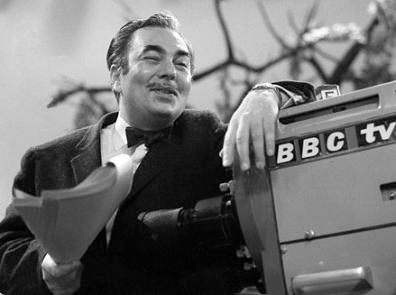

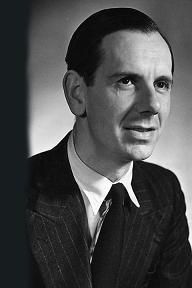
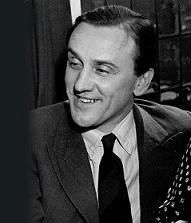

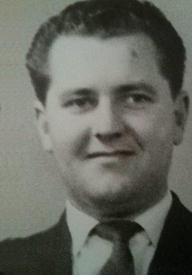
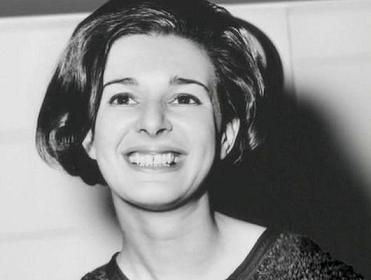
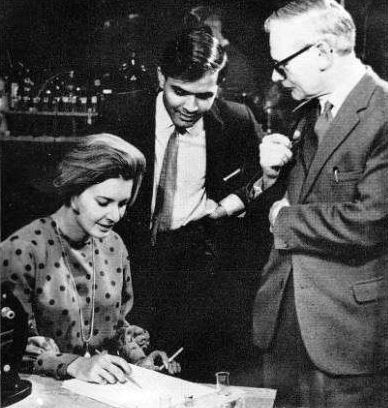
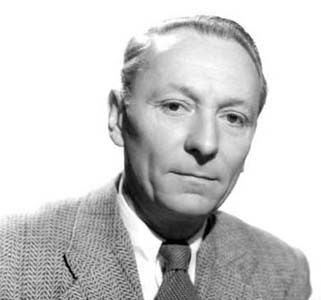

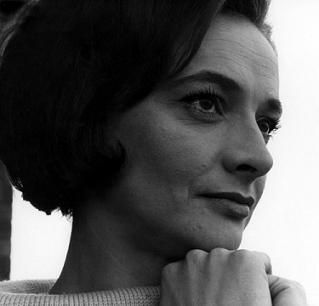
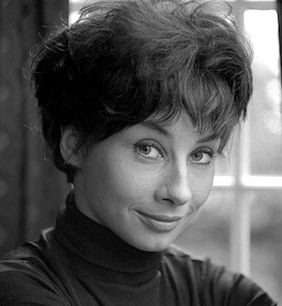

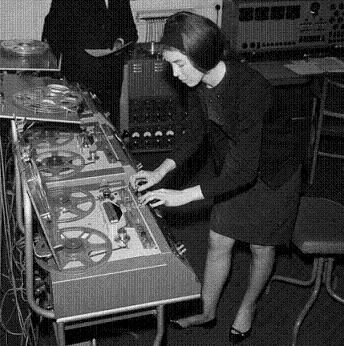
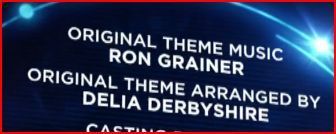
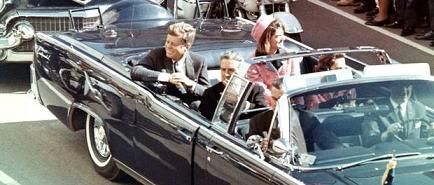

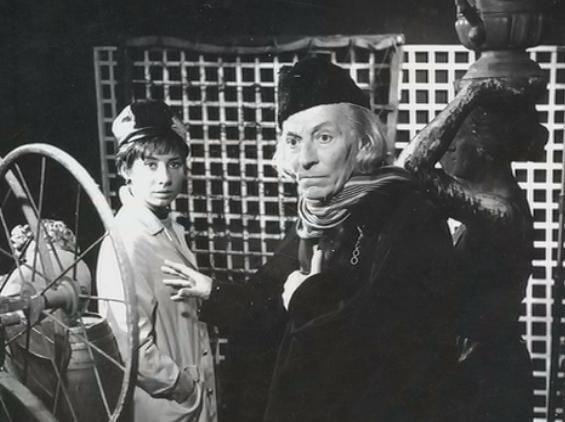




 Episodes 2,3 & 4:
Episodes 2,3 & 4:
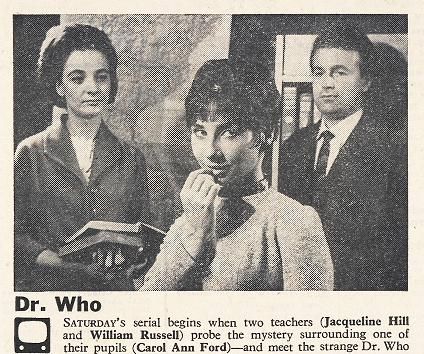





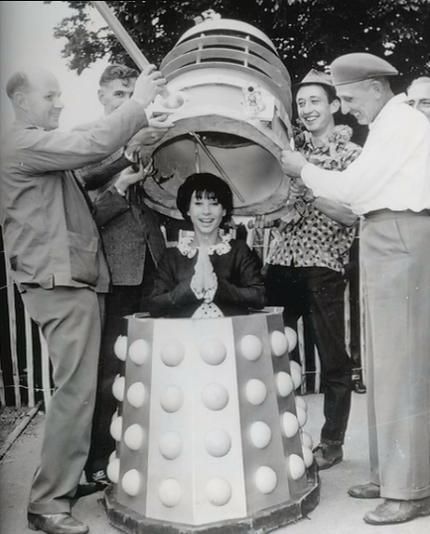
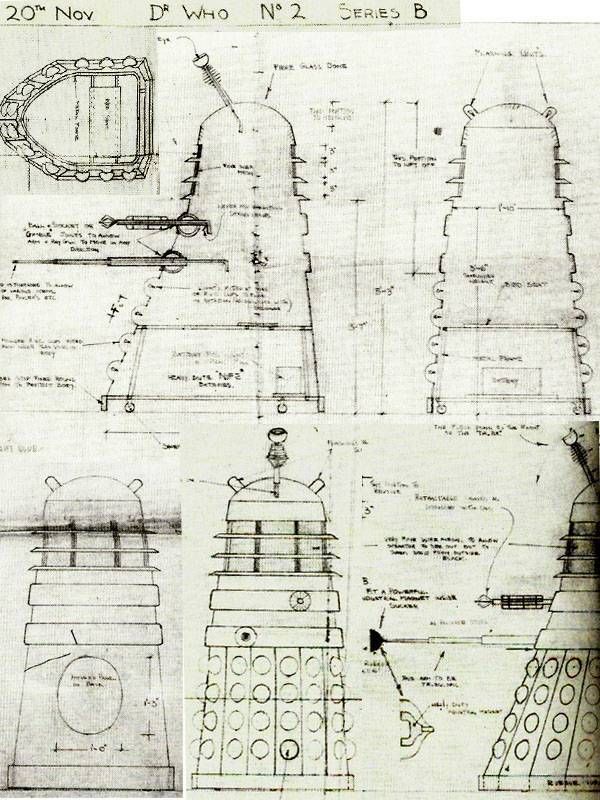
 Linear Mode
Linear Mode
